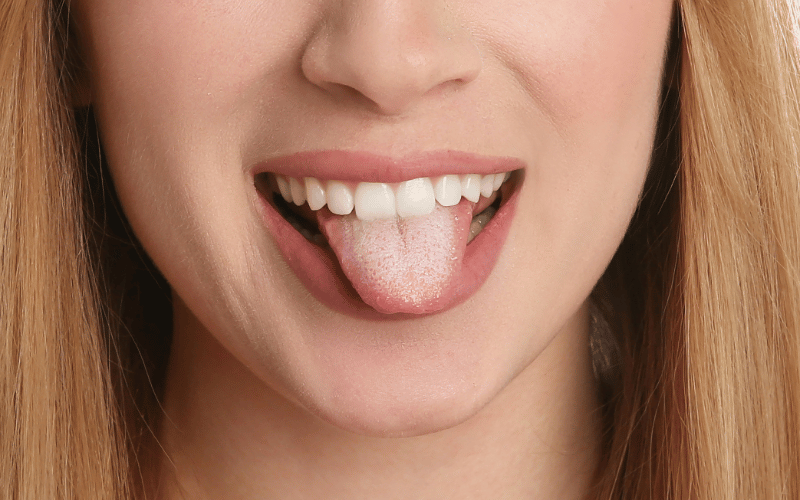Introduction: Unraveling the Mysteries of Oral Hairy Leukoplakia

The world of oral health can sometimes feel like a vast and complex terrain. Among its many conditions, one stands out not necessarily because of its prevalence but due to its unique nature: Oral Hairy Leukoplakia (OHL). With a name that grabs your attention, OHL is an intriguing subject for healthcare professionals and individuals alike.
It’s worth noting that conditions affecting the oral cavity often garner much interest, given how vital our mouth is to daily functions like speaking, eating, and breathing. Any abnormality or discomfort tends to get noticed almost immediately. But what’s peculiar about OHL is that its most distinguishing symptom – white, “hairy” patches on the tongue – can sometimes exist without causing any pain. This means that many people might have OHL without even realizing it.
Now, you might wonder, why does it matter? It’s just a harmless patch, right? Not quite. While OHL might not be the most painful or immediately threatening condition out there, it often points towards other underlying issues, particularly concerning the immune system. People with weakened immune systems, especially those with HIV/AIDS, are more susceptible to OHL. This makes understanding and recognizing its symptoms crucial, not just for potential sufferers but also for those around them.
Furthermore, while the term “hairy” might evoke certain imagery, it’s essential to get a clear picture. We’re not talking about the growth of actual hair in the mouth. Instead, the term refers to the appearance of the patches, which can look somewhat “hairy” or ridged due to their texture.
By delving deep into its symptoms, we aim to equip you with the knowledge to identify, understand, and address OHL should you or someone you know encounter it. And with that backdrop, let’s embark on our detailed journey into the world of Oral Hairy Leukoplakia.
Symptom 1: White Patches on the Tongue

One of the most telling indicators of Oral Hairy Leukoplakia is the emergence of white patches on the side of the tongue. Distinctive in appearance, these patches differ from typical oral sores or ulcers. Their peculiar “hairy” texture is what gives this condition its name. Notably, these lesions are stubborn. Attempts to scrape them off are often futile.
Interestingly, while many might expect such a visual change to occur symmetrically in the mouth, these patches frequently develop on one side of the tongue. However, bilateral appearances are not unheard of. For anyone examining their oral cavity, a unilateral white patch can be a sign that points towards OHL.
It’s also worth noting that the color, size, and appearance can vary between individuals. The consistent factor, however, is the ridged or “hairy” look of the patch. If you notice such a symptom, it’s crucial to avoid self-diagnosis and consult a healthcare professional.
By doing so, not only can one confirm the presence of OHL but also rule out other potential conditions that might exhibit similar symptoms. Always better safe than sorry, especially when it involves something as vital as our oral health. (1)